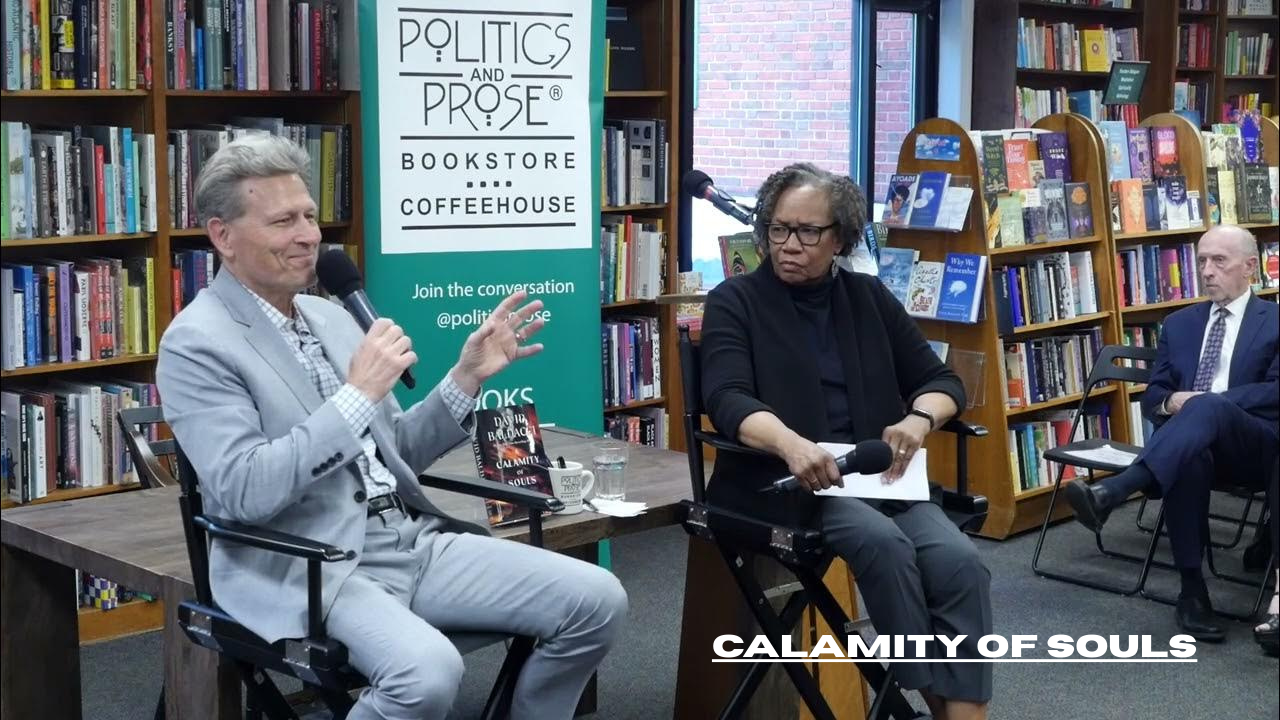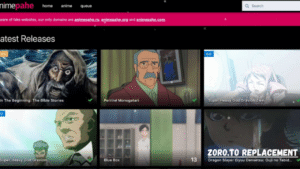Your Topics | Multiple Stories: Exploring the Power of Diverse Narratives in One Place
In the age of digital storytelling, audiences no longer seek linear, one-dimensional narratives. Instead, they crave rich, diverse experiences wrapped around a central theme. This shift in audience behavior has given rise to the concept of “Your Topics | Multiple Stories”, a storytelling approach that allows creators to explore different angles, subplots, and perspectives within a unified topic. Whether in journalism, content marketing, education, or social media, the multi-story format enhances engagement, provides depth, and allows for broader coverage of complex issues.
Digital platforms have transformed how stories are consumed. Readers now scroll through curated feeds, watch interactive content, and engage with media that responds to their preferences. In such a dynamic environment, offering a collection of stories under one umbrella topic allows content to resonate more deeply. your topics | multiple stories It creates space for nuance, encourages continuous exploration, and ultimately leads to better audience retention.
Moreover, the increasing emphasis on personalization has made thematic storytelling more relevant. With users expecting content that aligns with their interests and values, providing multiple stories tailored to a specific topic makes your content not just informative but also relatable and memorable. This article dives into the concept of multi-story formats, the role of personalized topics, and how content creators can effectively leverage this powerful narrative strategy using the concept of Your Topics | Multiple Stories.
What Are Multi-Story Formats?
Multi-story formats refer to content strategies where a single overarching theme is explored through several interconnected or standalone stories. Think of a news outlet covering an election — instead of one lengthy article, they publish a series of stories about different candidates, voter demographics, campaign financing, and debates. your topics | multiple stories These are all parts of a greater narrative, each contributing unique insights.
Unlike traditional storytelling, which often focuses on a singular plot, multi-story formats allow creators to tackle complexity with flexibility. This structure gives room for various perspectives, making the content more inclusive and well-rounded. In digital media, this format is embraced through story threads on Twitter, carousel posts on Instagram, and blog series on publishing platforms like Medium.
Historically, this approach isn’t new. Newspapers and magazines have long featured special coverage sections, such as wartime chronicles or Olympic Games editions. The transition to digital merely expanded the possibilities, introducing interactive elements and multimedia integration. your topics | multiple stories Today, audiences can experience stories through infographics, embedded videos, timelines, and clickable segments, enriching the content consumption experience.
Modern platforms heavily support multi-story content. Instagram Stories and Highlights allow users to chronicle events over time. YouTube playlists group related videos for binge consumption. Even educational platforms like Coursera and Udemy employ this method, offering courses segmented into digestible modules. your topics | multiple stories These formats not only enhance storytelling but also improve content discoverability and SEO rankings.
Why “Your Topics” Matter: The Role of Personalization
The term “Your Topics | Multiple Stories” reflects a growing shift toward user-centric content. In an internet ecosystem dominated by personalized feeds and algorithm-driven suggestions, audiences are drawn to content that feels tailor-made. Multi-story formats work hand-in-hand with personalization, allowing users to delve deeper into areas they care about without feeling overwhelmed or disconnected.
Platforms like Flipboard, Google News, and even TikTok use AI to curate feeds based on user behavior. your topics | multiple stories When a topic is explored through multiple stories, users can pick and choose which angles resonate with them. One might be interested in a celebrity’s philanthropic work, another in their fashion choices — both stories can coexist under a single topic umbrella your topics | multiple stories. This diversity caters to individual preferences, increasing engagement and time spent on content.
For content creators, this personalized approach is a goldmine. It enables niche targeting, deeper storytelling, and stronger audience loyalty. Brands, in particular, can use multi-story content to build multi-faceted campaigns. For instance, a sustainability campaign might include stories on eco-friendly packaging, employee initiatives, customer testimonials, and behind-the-scenes production processes.
User participation also plays a significant role. your topics | multiple stories Many platforms now allow polls, questions, and reactions within stories, fostering a feedback loop that further personalizes the experience. This interactivity not only improves engagement but also helps creators refine their content strategies in real-time based on what users find compelling.
Crafting Multiple Stories Under One Umbrella Topic

Creating multiple stories under one topic requires strategic planning and editorial discipline. The process begins with mapping out the core theme and identifying subtopics that offer different viewpoints or aspects of that theme. Tools like content calendars, mind maps, and keyword research play a vital role in organizing and executing this strategy.
A well-structured content map ensures that each story serves a distinct purpose while contributing to the broader narrative. your topics | multiple stories For example, a health blog focusing on mental wellness might include stories on mindfulness techniques, therapy options, personal success stories, and scientific studies — all of which tie back to the central theme of mental health.
Consistency and variety must be balanced. While it’s important that each story has its unique flavor, the overall voice, tone, and visual identity should remain cohesive. This cohesion not only strengthens brand identity but also enhances reader experience, making navigation through multiple stories seamless and enjoyable.
Different formats can be leveraged to maintain audience interest. Mini-articles, infographic summaries, short-form videos, and even podcasts can be integrated into a multi-story content strategy. This multimodal approach caters to various learning and consumption preferences, thereby expanding the reach of your content. Furthermore, using SEO best practices — such as keyword clustering, internal linking, and meta tagging — helps improve visibility and search engine rankings for topics like Your Topics | Multiple Stories.
Real-World Examples and Case Studies
News organizations are perhaps the most prolific users of multi-story formats. Outlets like The New York Times and BBC often publish ongoing coverage series on major events. your topics | multiple stories For instance, during the COVID-19 pandemic, they released daily updates, expert interviews, regional statistics, and vaccine development timelines — all interconnected under a single global narrative.
Brands and influencers also leverage this strategy effectively. A tech brand launching a new product might release stories about its design process, customer testimonials, unboxing videos, and tech specs. Influencers often use story highlights or reels to segment content into categories such as travel, lifestyle, or tutorials, keeping their feed both dynamic and organized.
Educational institutions and nonprofits utilize multi-story content for awareness campaigns and training modules. your topics | multiple stories An NGO focusing on climate change may produce a series of stories featuring field research, community impact, volunteer experiences, and policy advocacy. This layered storytelling makes complex issues more digestible and emotionally resonant.
What these examples illustrate is the versatility of the Your Topics | Multiple Stories format. Whether the goal is to inform, inspire, persuade, or entertain, this approach allows for greater narrative depth and audience engagement. As a result, it has become a cornerstone of modern digital storytelling strategies.
Conclusion
The concept of “Your Topics | Multiple Stories” is not just a storytelling method — it’s a content philosophy. It reflects how audiences today want to experience information: personalized, in-depth, and from multiple angles. By adopting this format, creators can deliver richer narratives, improve audience retention, and establish themselves as thought leaders in their domain.
As technology continues to evolve, the future of multi-story content looks even more promising. From AI-driven customization to immersive storytelling using AR and VR, the possibilities are endless. For now, however, mastering the art of curating multiple compelling stories around a single theme remains one of the most powerful tools in a content creator’s arsenal.
Frequently Asked Questions (FAQs)
What are the benefits of multi-story formats in digital content?
A: Multi-story formats allow for deeper engagement, more comprehensive coverage of complex topics, and improved audience retention by offering multiple perspectives under one cohesive theme.
How can I organize multiple stories under one topic effectively?
A: Use content mapping tools, editorial calendars, and mind maps to break the main topic into subtopics. Maintain consistency in tone and branding while varying the formats to keep content engaging.
What platforms support multi-story content formats?
A: Platforms like Instagram (Stories/Highlights), YouTube (Playlists), Medium (Series), Flipboard, and even LinkedIn Articles support multi-story content strategies.
Can small content creators or bloggers use this format successfully?
A: Absolutely. Even individual creators can benefit from Your Topics | Multiple Stories by building blog series, thematic podcast episodes, or video playlists to grow and engage their audience.
Is multi-story content good for SEO?
A: Yes. It allows for keyword clustering, internal linking, and longer time-on-site metrics, all of which contribute to better SEO performance.
You May Also Read: https://otswroldtime.com/key-glock-height-the-truth-behind-the-rappers-stature-and-persona/














Post Comment